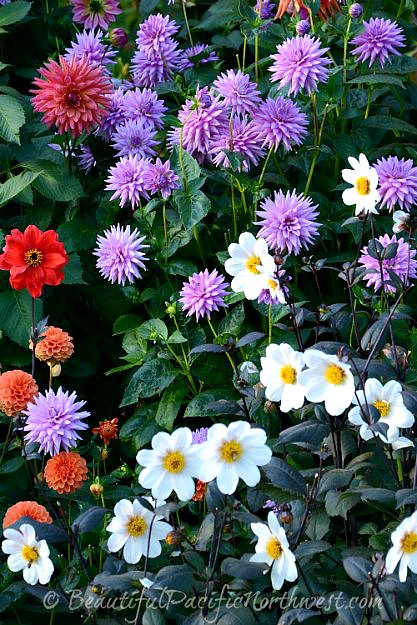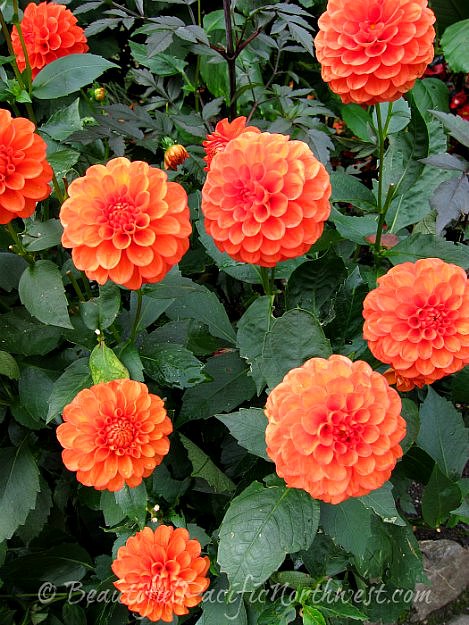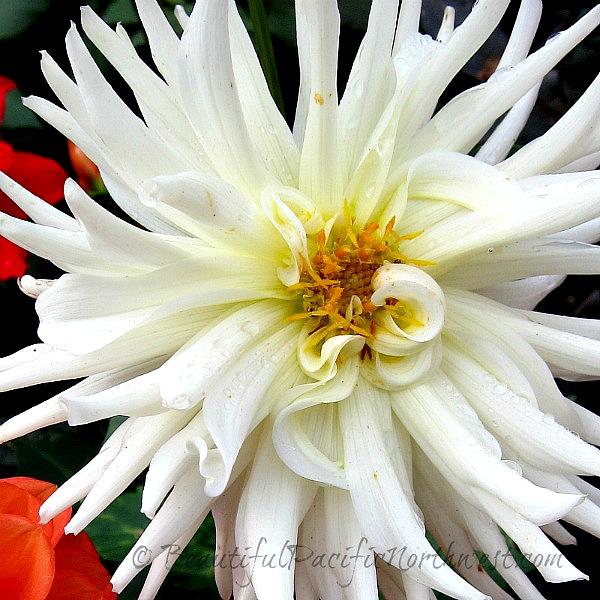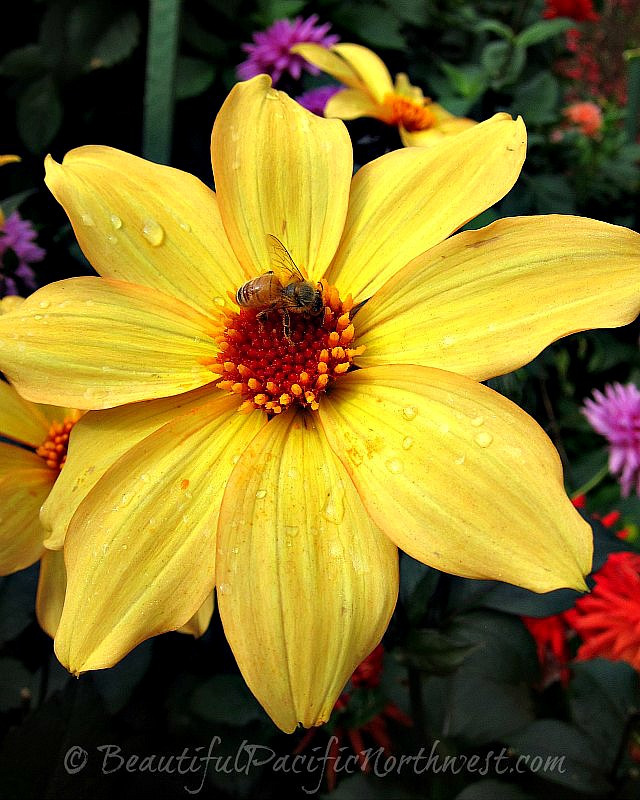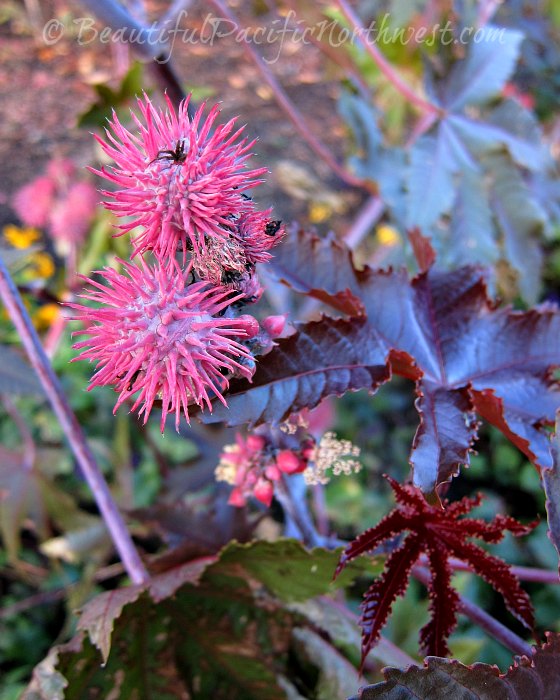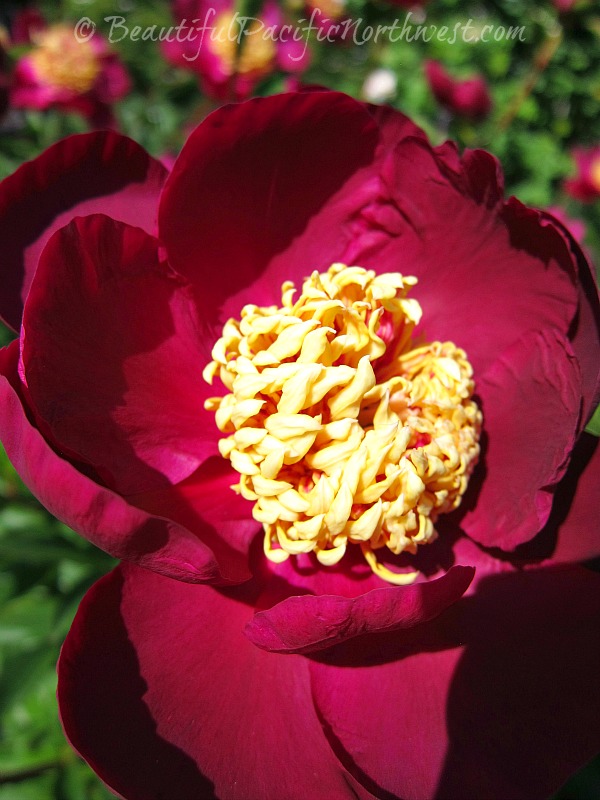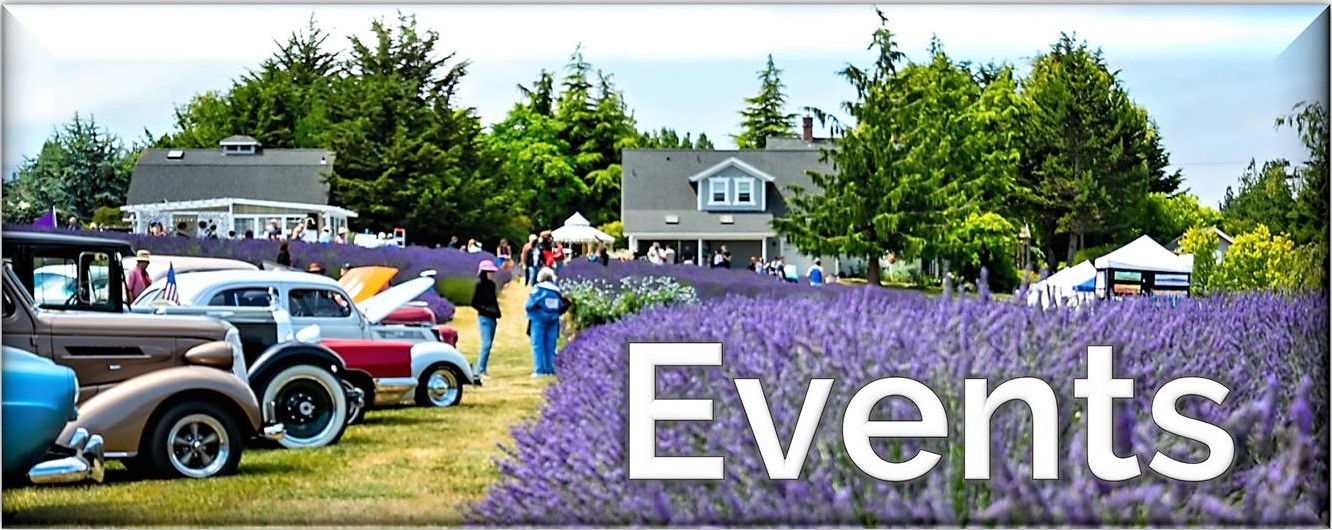Butchart Gardens Photos and Flowers
Butchart Gardens Photos. Enjoy photos of the beautiful flowers and unique blooms at Butchart Gardens, small taste of their huge plant collection.
Without a doubt, one of the huge draws of a 100+ year old garden designated a National Historic Site are the hundreds of varieties of plant species, with their beautiful and unique blooms.
I've visited Butchart Gardens nearly half a dozen times (and I'm not done yet), each time capturing memories and photos of flowers that were not in bloom in other visits. It is as though each visit is a brand new one. This page presents our favorite photos of flowers.
More Butchart Garden Photo Tours:
- Photos of Butchart Garden grounds, buildings, statues and more
- Photos of the Butchart Garden Japanese Garden
- Photos of the Butchart Garden Sunken Garden
Butchart Gardens Photos:
So many varieties of Dahlias!
A main attraction at Butchart Gardens in summer and early fall is a dahlia planter stretching for several hundred feet along a curving walkway. There are plain and simple dahlias at Butchart Gardens. There are pincushion dahlias. There are frilly ones, full ones, spiky ones, and downright crazy ones.
All the dahlia bulbs are cultivated at Butchart Gardens. In the spring they plant the bulbs in the ground. All the dahlia growth you see in this photo (taken in mid-October) has occurred in one season. When the blooming season expires, they pull out all the bulbs and rest them until replanting in the spring.
While I was there in October, a horticulturist examined the entire length of dahlias looking for any problems. She pointed out to me a little mildew (hard to see - I had missed it at first), but the plants were actually very healthy. And because they were still blooming vigorously, they were allowed to keep growing and blooming.
I know I have captured but a fraction of the huge number of dahlia varieties in the photos below. (Clicking on any photo opens a gallery of full-size photos.)
Butchart Gardens Photos:
Bees at Work!
I am so happy that Butchart Gardens uses no pesticides - they use natural and biologic controls, all of which preserve the bees so they can do what they do and still stay alive.

Butchart Gardens Photos:
Unique Plants
Over the years, the globetrotting Butcharts brought home plant species unknown to Vancouver Island, some of which are quite fantastical, and still thriving.
These first three species impressed me:
- Racinus: Hot pink spiked wrecking balls of the deadly castor bean
- Light and stringy puffs on lacy foliage
- Callicarpa, or Beauty Berry. Red berries, blue berries, and even white berries I know. Seeing bright purple berries was a bit startling!
Butchart Gardens History via Wiki
Cities near Butchart Gardens
- Port Angeles via the Coho Ferry: 37.2 miles (60 km) (approx. 2.5 hours)
- Victoria BC: 19.7 km (12.25 miles) (approx. 26 minutes)
- Sidney BC: 15.6 km (9.7 miles) (approx. 19 minutes)
- Vancouver BC: 103 km (64 miles) (approx. 3.2 hours)


